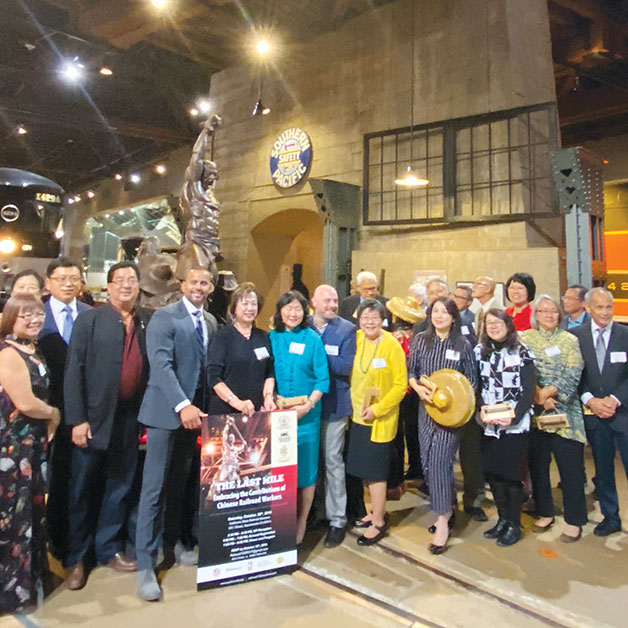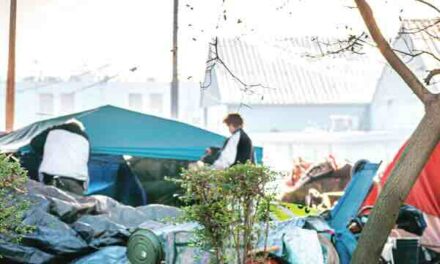Lost But Not Forgotten
Exhibit sheds light on Chinese workers’ contribution to Transcontinental Railroad
By Caitlin McCulloch
February 2020
Many of us know of the Transcontinental Railroad—a significant venture in United States history when an expansive railway system was built to connect our country in ways people could only imagine. However, not all are aware of what went into constructing such a large undertaking and what it cost a specific group of people—Chinese workers.
The California State Railroad Museum has set out to expand our knowledge with an exhibit called the Chinese Railroad Workers’ Experience. Between 1865 and 1869, approximately 15,000 Chinese migrants, comprising 90 percent of the railroad workforce, labored at a grueling pace and in treacherous conditions to help construct America’s first Transcontinental Railroad.
“One of the most challenging tasks facing the Central Pacific Railroad was the need to drill train tunnels through the rock-solid granite of the Sierra Nevada.” Modern-day tools were not an option. Instead, Chinese workers drilled tunnels using black powder and hand tools.
“By far, the most difficult was the Summit Tunnel,” Hollingsworth shares. “Working in teams of two or three, one person would hold the drill (an iron rod with a star tip), while another hit the drill with a sledgehammer. They did this until they made a hole big enough for explosives and a fuse. Teams of workers started on each end of the 1,695-foot tunnel and worked inward. It was a slow process. They averaged only a foot per day.”
Extreme weather conditions forced the workers to soldier on through snowstorms, avalanches and blizzards. This only added to the Chinese workers’ hardships, which included discrimination, such as significantly lower wages than white workers.
In addition to the museum exhibit, the Forgotten Railroad Workers Memorial Monument from the U.S.-China Railroad Friendship Association is on display. Last September, 150 years after the railroad was completed, the California State Railroad Museum held a Buddhist blessing ceremony for this bronze work of art.
“Venerable Ju-Hsian Shih from Fo Guang Shan Bodhi Temple blessed the monument honoring the workers on the Central Pacific Railroad,” says Elizabeth Lew-Wong, whose great-grandfather was a “coolie,” otherwise known as a laborer, on the railroad. “She also prayed for the deceased 1,200 workers, of which many of their bodies never were returned to China … It was very moving,” Lew-Wong adds.
The Chinese Railroad Workers’ Experience is a must-see. The California State Railroad Museum is open Monday through Sunday from 10 a.m. to 5 p.m. Tickets are $12 for adults, $6 for children 6–17 and free for children 5 and younger.
Afterward, further your experience of the Transcontinental Railroad’s Chinese labor force by swinging by 11th and J streets to view a mural by local artist Maren Conrad. This seven-story masterpiece is not to be missed.
Caitlin McCulloch can be reached at mcculloch.caitlin@gmail.com.


















